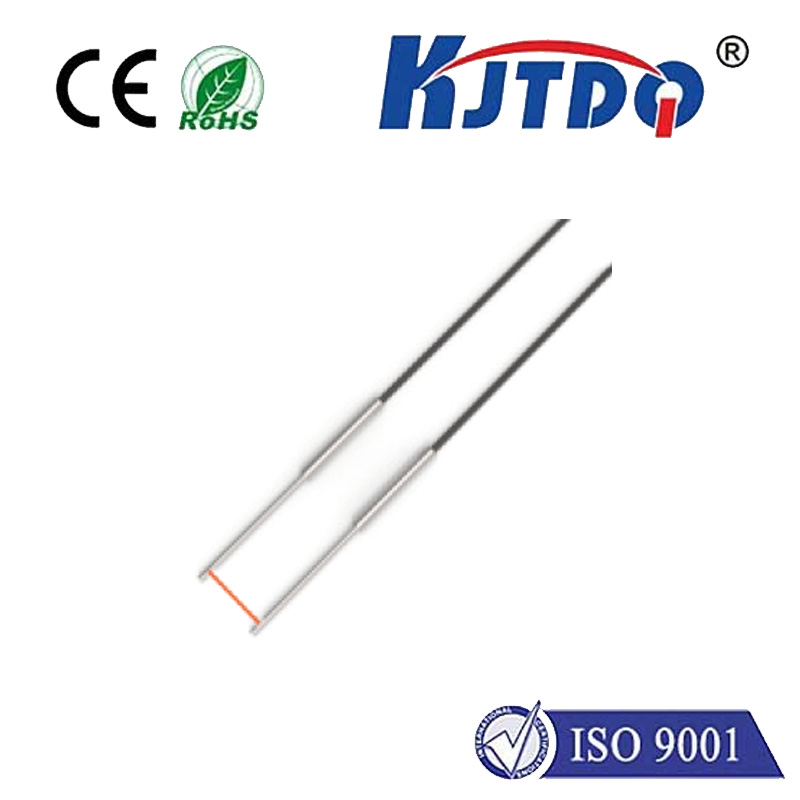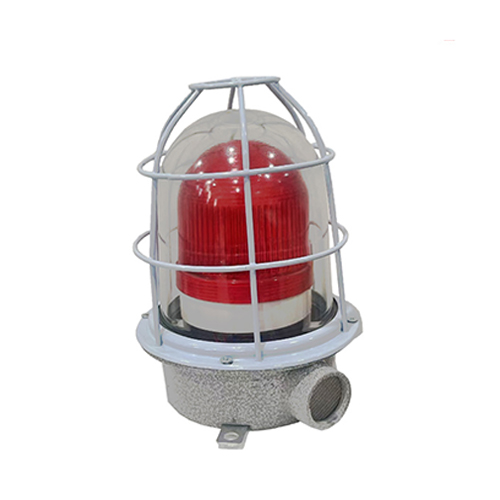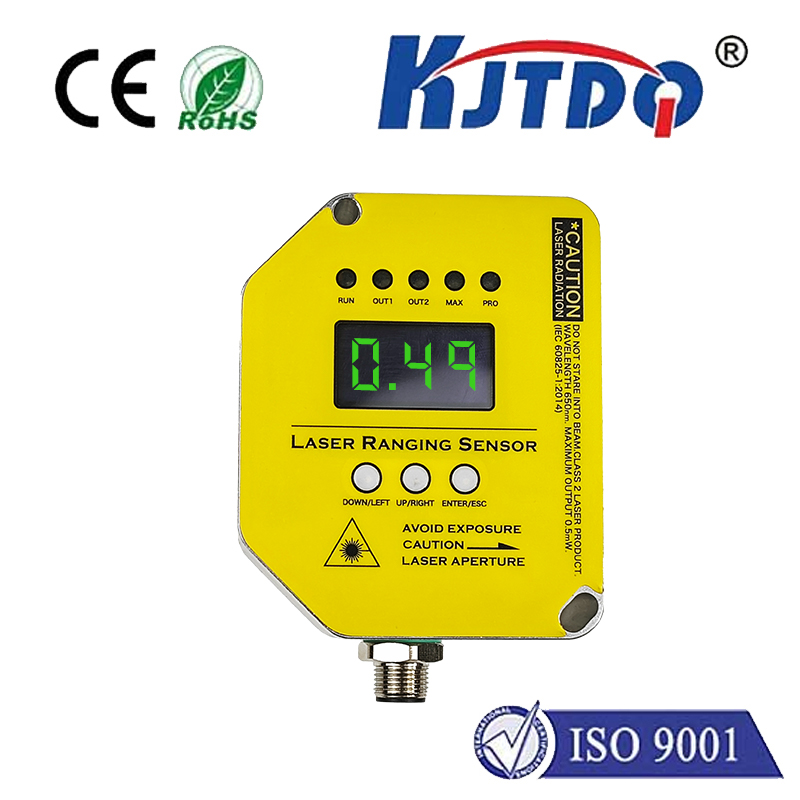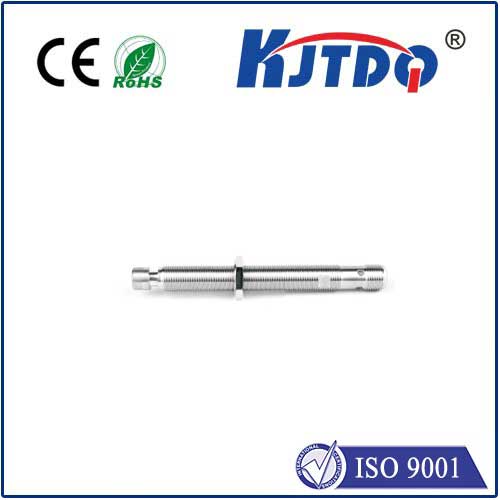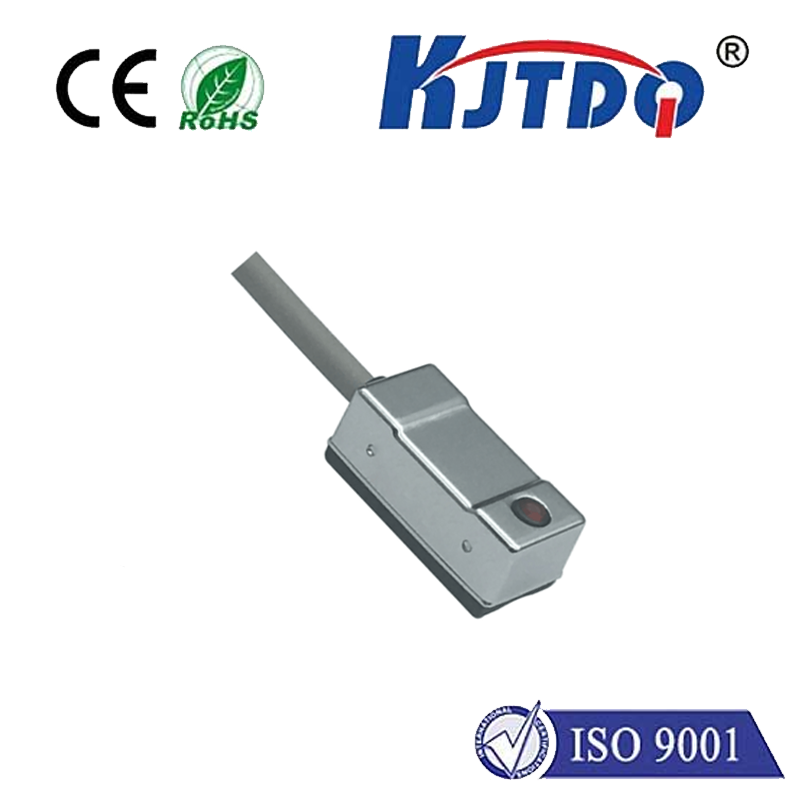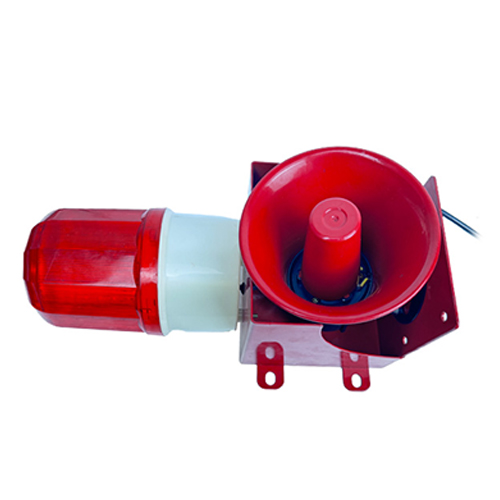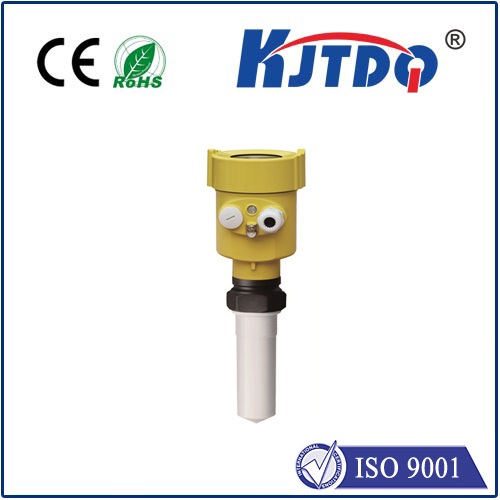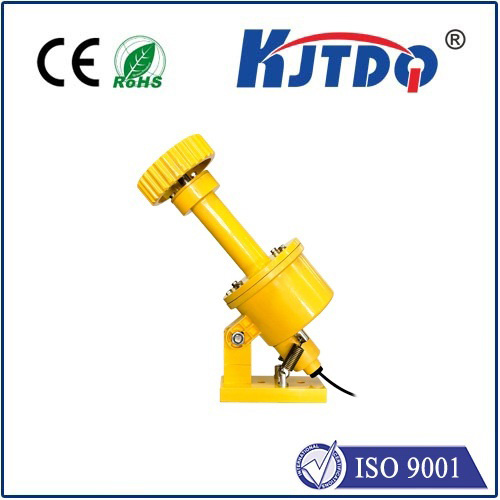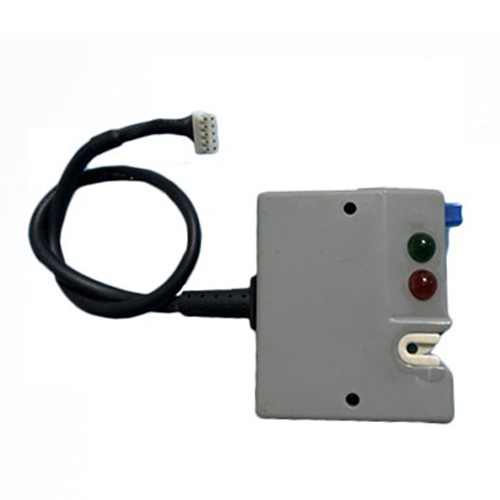10 Ампер миниатюрные переключатели
- time:2025-08-01 09:59:24
- Нажмите:0
The Essential Guide to 10 Amp Micro Switches: Power in a Tiny Package
Imagine flipping a switch on your favorite coffee maker, powering up a rugged industrial conveyor, or activating the safety cutoff on an electric vehicle charger. Behind countless reliable operations, often unseen, lies a critical component: the 10 Ампер миниатюрные переключатели. Though compact, these electromechanical workhorses play an outsized role in managing moderate-to-high current loads with precision and reliability. Understanding what makes a 10 amp micro switch unique is key to selecting the right component for demanding applications where safety and performance are non-negotiable.
What Exactly is a 10 Amp Micro Switch?
At its core, a micro switch is a type of snap-action switch. Unlike common switches with slow, sweeping contacts, micro switches feature a spring-loaded mechanism. This mechanism ensures the contacts snap open or closed very rapidly when the actuator (button, lever, roller, etc.) is pressed or released past a specific point, known as the operating point. This snap-action is crucial, as it:

- Minimizes Arcing: Fast contact separation drastically reduces the duration of electrical arcing as contacts open under load, significantly extending switch life, especially at higher currents.
- Ensures Positive Contact: Provides consistent, reliable electrical contact when closed.
- Offers Tactile Feedback: Provides a distinct ‘click’ feel, confirming actuation.
So, a 10 Ампер миниатюрные переключатели specifically refers to a micro switch rated to safely carry and interrupt electrical currents up to 10 amperes (A). This rating typically applies to common AC voltages (like 125VAC or 250VAC) and often DC voltages as well. Achieving a 10A rating in the inherently small footprint of a micro switch requires careful engineering in contact materials, spring design, and housing to manage heat dissipation effectively. This distinct capability sets them apart from lower-rated micro switches (commonly 1A, 3A, or 5A) designed for signal-level or light-duty control.
Why Choose a 10 Amp Rating? Key Applications
The 10 amp capacity opens the door to a broad spectrum of applications requiring reliable switching of moderate power loads:
- Major Appliances: Found in washing machines (lid interlocks, water level sensing), dryers (door safety, thermal cutoffs), dishwashers, and large refrigerators/ice makers to control motors, heating elements, solenoids, and pumps.
- HVAC Systems: Used in control boards, damper actuators, and safety interlocks for furnaces, air handlers, and heat pumps.
- Power Tools & Machinery: Act as safety interlocks (guards, covers), trigger switches, and overload protection cutoff switches in drills, saws, industrial equipment, and conveyor systems.
- Automotive & Transportation: Employed in power seats, windows, sunroofs, door latches, brake pedal position sensors, and EV charging equipment interlocks.
- Commercial Equipment: Integral to vending machines, ATMs, point-of-sale systems, medical devices, and fitness equipment for limit sensing and safety functions.
- Industrial Control: Used extensively in control panels, machinery safety guards, conveyor belt stops, and position sensing where robust switching under load is essential.
Critical Specifications Beyond the Amp Rating
Selecting a 10 amp micro switch involves more than just the current rating. Key specifications influence performance and suitability:
- Voltage Rating (AC/DC): Must match or exceed the circuit voltage.
- Contact Configuration (Form):
- SPST (Single Pole, Single Throw): Basic ON/OFF (NO - Normally Open or NC - Normally Closed).
- SPDT (Single Pole, Double Throw): Most common in micro switches. One common terminal ©, one Normally Open (NO), one Normally Closed (NC). Versatile for control and interlock functions.
- DPST/DPDT: Less common in 10A micros, but available for switching two independent circuits simultaneously.
- Electrical Life: The expected number of cycles (actuations) the switch can perform at its rated load before contacts degrade significantly. Higher is better for demanding applications. Specified under rated load conditions.
- Mechanical Life: The expected number of operations the mechanical mechanism can endure, often significantly higher than electrical life, especially if tested without electrical load.
- Actuator Type: Determines how the switch is triggered (e.g., pin plunger, simulated roller plunger, lever types - short, long, straight, offset, rollers - metal or plastic). Choice depends on the physical interaction required.
- Operating Force: The force needed on the actuator to trigger the snap-action. Measured in grams (g) or Newtons (N). Ranges from very light (e.g., 50g) to heavier forces (>300g), impacting sensitivity and resistance to accidental actuation.
- Pre-Travel & Over-Travel: Pre-travel is the distance the actuator moves before the contacts snap. Over-travel is the distance it can move beyond the operating point without damage. These ensure reliable actuation even with mechanical tolerances or wear.
- Terminal Type: Solder lugs, quick-connect (tab, spade), screw terminals, or wire leads. Impacts ease of installation and connection security.
- Housing Material & Protection (IP Rating): Thermoplastic or thermoset housing. The IP (Ingress Protection) rating (e.g., IP40, IP67) indicates resistance to dust and water ingress, critical for harsh environments.
- Safety Approvals: Look for certifications like UL, cUL, TÜV, ENEC, CE for specific regions/standards, ensuring the switch meets safety regulations. UL certification is often paramount in North America.
Ensuring Reliability and Safety: The Engineering Behind 10 Amps
Handling 10 amps reliably within a micro switch’s compact size demands precision engineering:
- High-Current Contacts: Contacts are often made from silver alloy-based materials like Silver Nickel (AgNi), Silver Cadmium Oxide (AgCdO), or Silver Tin Oxide (AgSnO2). These materials offer excellent electrical conductivity, high resistance to welding under load, and arc erosion resistance crucial for longevity at 10A. Contact material and design are vital for managing heat dissipation.
- Robust Springs: The snap-action spring must be precisely calibrated to provide the necessary force for fast, decisive contact operation without excessive operating force required by the user.
- Thermal Management: The housing design and material choice play a role in dissipating the heat generated by the 10A current flow away from the contacts and internal components.
- Rigorous Testing: Reputable manufacturers subject switches to extensive life cycle testing, high-current overload testing, temperature cycling, and vibration/shock testing to validate performance claims.
Choosing the Right 10 Amp Micro Switch: Key Considerations
When selecting a 10 amp micro switch for your application, follow this checklist:
- Confirm Electrical Load: Voltage (AC/DC)? Maximum Current (Amps)? Never exceed the switch’s rated capacity.
- Define Function: What action triggers it? What does it control (ON/OFF, interlock logic)? Choose the contact configuration (e.g., SPDT).
- Specify Actuator:

